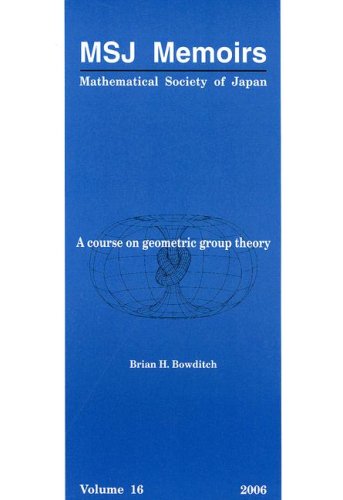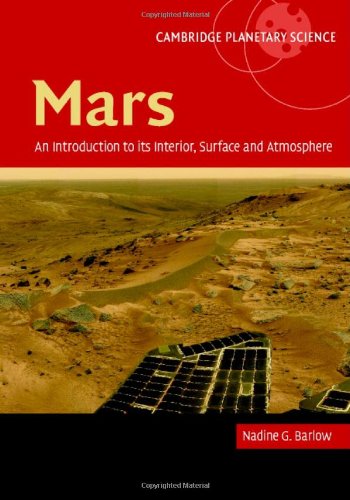- 2 402 202 книги
- Поиск
libcats.org








The Archaeology and Politics of Food and Feasting in Early States and Empires
Tamara L. BrayFood and feasting are increasingly recognized as having played a prominent role in the emergence of social hierarchies and the negotiation of power relation. Given the culinary nature of feasts, the archaeological visibility of such events is increased by the use of containers for both food preparation and consumption. This volume presents the utilization of culinary equipment as a window into the commensal politics of early states and empires and offers a comparative perspective on how food and feasting may have figured in the political calculus of archaic states in both the Old and New Worlds. The contributors provide important new insights into the strategies of early statecraft and the role of pots as political tools and include insight into queries such as: + How did food and feasting figure in the politics of early states and empires around the world? + Was feasting a universally important element in the construction of state power? + How do archaeologically discernible patterns of state feasting compare cross-culturally and through time? + Did state elite typically seek to create recognizable social boundaries through the use of expensive foods, special culinary equipment or distinctive cuisines, or was food and feasting equipment used rather to obfuscate privilege and bind state subjects in (asymmetrical) relations of reciprocity? This volume provides an in-depth analysis for scholars and graduate students concerned with the archaeology of complex societies, the anthropology of food and feasting, ancient statecraft, archaeological approaches to micro-political processes, and the social interpretation of prehistoric pottery for in these areas.
Популярные книги за неделю:

Проектирование и строительство. Дом, квартира, сад
Автор: Петер Нойферт, Автор: Людвиг Нефф
Размер книги: 20.83 Mb

Система упражнений по развитию способностей человека (Практическое пособие)
Автор: Петров Аркадий НаумовичКатегория: Путь к себе
Размер книги: 818 Kb

Сотворение мира (3-х томник)
Автор: Петров Аркадий НаумовичКатегория: Путь к себе
Размер книги: 817 Kb

Радиолюбительские схемы на ИС типа 555
Автор: Трейстер Р.Категория: Электротехника и связь
Размер книги: 13.64 Mb
Только что пользователи скачали эти книги:

Сожженные мосты часть 1
Автор: Афанасьев Александр ВладимировичКатегория: Альтернативная история, Политический детектив
Размер книги: 1.08 Mb

A Course On Geometric Group Theory (Msj Memoirs, Mathematical Society of Japan)
Автор: Brian H. Bowditch
Размер книги: 3.04 Mb

Egyptian Ideas of the Future Life [ABC-5787]
Автор: Sir Ernest Alfred Thompson Wallis BudgeКатегория: history_military
Размер книги: 1.10 Mb

Mars: An Introduction to its Interior, Surface and Atmosphere (Cambridge Planetary Science)
Автор: Nadine G. BarlowКатегория: Физика, Астрономия
Размер книги: 6.39 Mb







